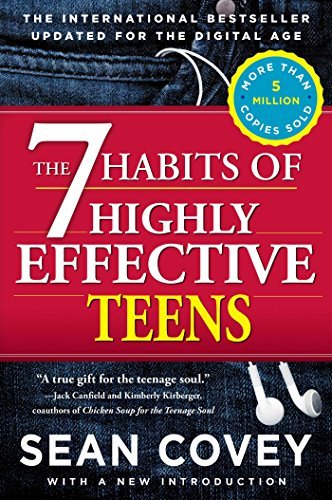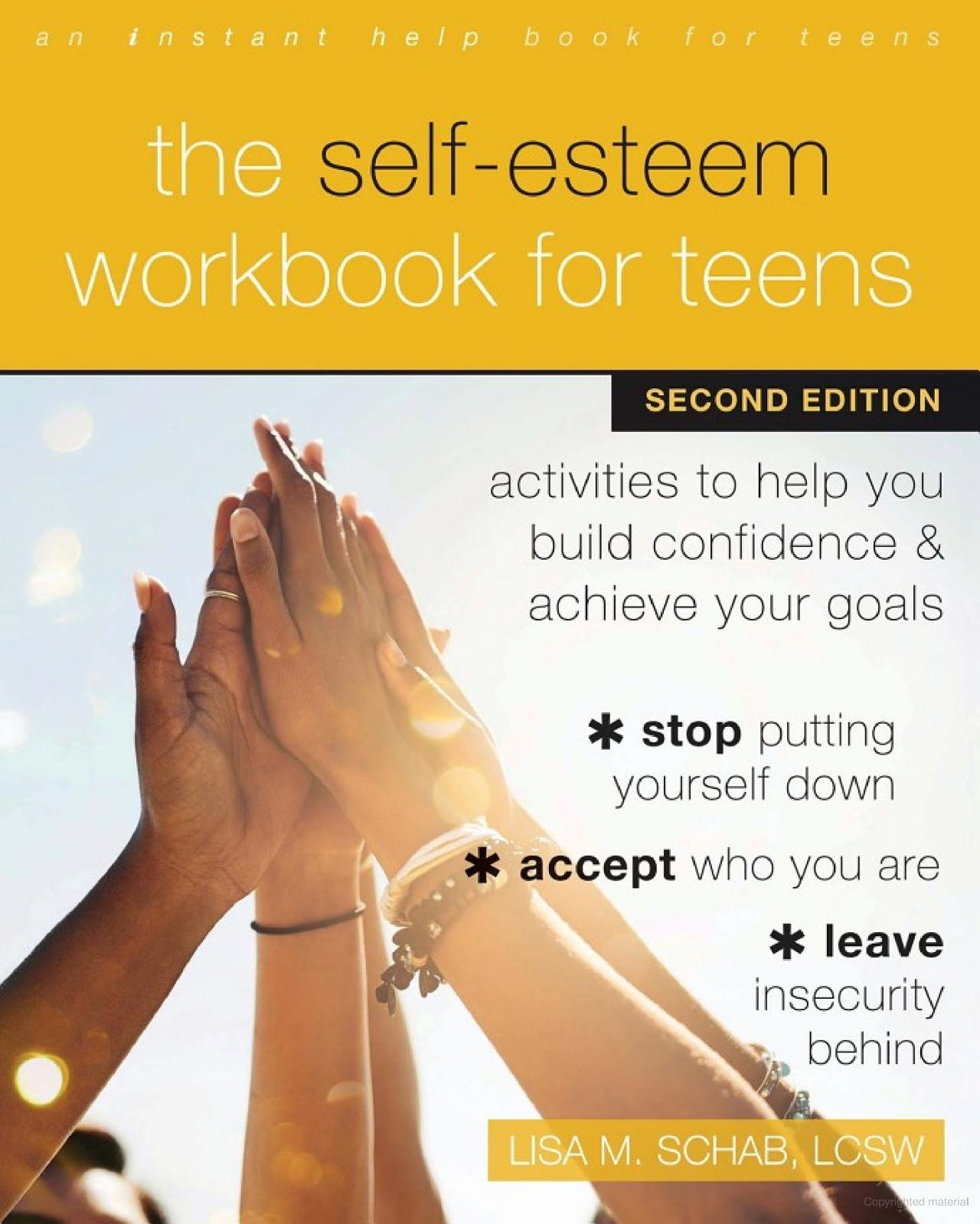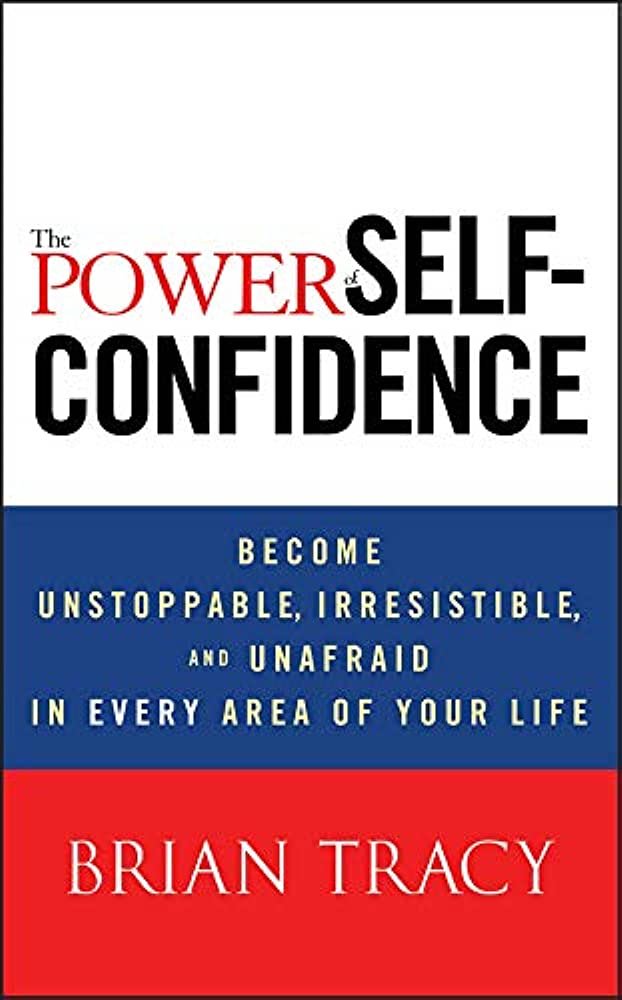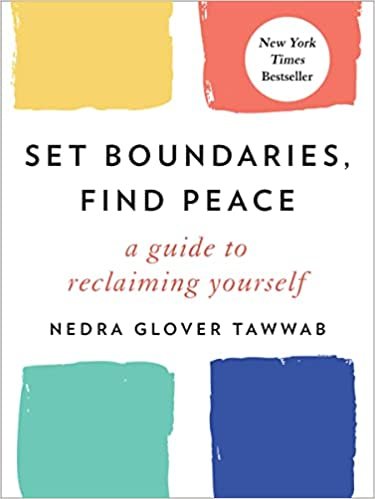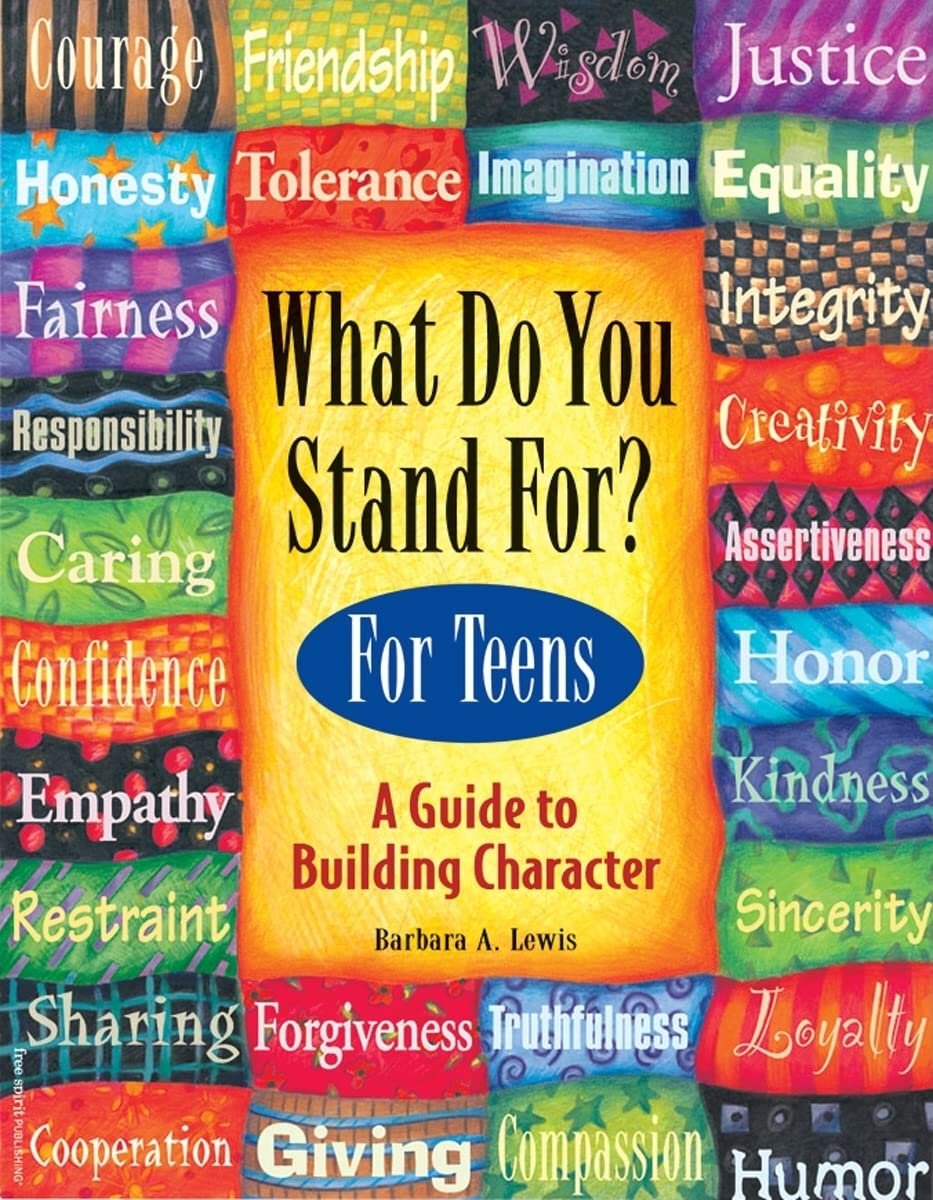How to accept the way you see yourself
Take Control of Your Self-Esteem: Transform Negative Thoughts into Positive Ones!
Do you want to change the way that you see yourself? It can be difficult to break out of negative thought patterns, but with some dedicated practice, you can learn to view yourself in a healthier and more positive light. The process of changing the way you see yourself involves understanding what is causing your self-defeating thoughts and behaviors, recognizing personal strengths and weaknesses, setting achievable goals, developing new skills, and building healthier relationships with oneself and others. With knowledge and hard work, it is possible to transform the way you see yourself into something more positive.
5 Steps to accept the way you see yourself.
Stop right now and think of this question: Is the way you look and think about yourself helping you or hindering you? It's time to take a step back and assess how you are viewing yourself.
1. Identify Your Negative Thoughts: The first step in changing the way you think about yourself is to recognize what negative thoughts you have about yourself. When these negative thoughts arise, take a moment to identify the thought and then challenge it by asking if it’s true or not.
2. Take Responsibility for Your Actions: When you make a mistake or fail to do something, accept responsibility for it. It’s important not to place blame on anyone else and instead take ownership of your mistakes and failures. Doing so will help you recognize that you are in control of the situation and can learn from it.
3. Spend Time With Positive People: Surrounding yourself with people who appreciate and support you can help you to view yourself in a more positive light. Find people who are encouraging and uplifting, as they will be able to offer you the support that you need to focus on your strengths.
4. Practice Positive Self-Talk: It’s important to practice speaking positively about yourself. Instead of speaking negatively about yourself, use words that are uplifting and build your confidence. For example, instead of thinking “I can’t do this” try saying “I will do my best to achieve this.”
5. Celebrate Your Accomplishments: A great way to boost your self-esteem is to celebrate the things that you’ve accomplished. No matter how big or small, recognize and appreciate all of your successes. Doing so will help you to view yourself in a more positive light and realize your potential.
By following these steps, you can start changing the way you think about yourself and ultimately become more confident in your abilities. Remember, it’s important to be kind to yourself and take the time to recognize all of your strengths!
Online resources to help you accept the way you see yourself
There are many online resources available to help you change the way you see yourself.
Three of the most helpful ones are:
Offline Resources to help accept the way you see yourself
1. Danny’s Place Programs: DPYLCJr - A weekly group to help individuals build self-esteem and practice communication skills.
2. Danny’s Place Programs: ConnectNite- Weekly group to connect Middle Scholers to connect and learn more about themselves.
Books that can help you accept the way you see yourself
Feeling inspired and looking for an interesting read?
Look no further than your local bookstore! There is something special about buying at your local bookstore; knowing that you are supporting your community by purchasing items locally.
1. The Power of Self-Confidence: Become Unstoppable, Irresistible, and Unafraid in Every Area of Your Life by Brian Tracy
2. The 7 Habits of Highly Effective People by Stephen Covey
3. The Self-Esteem Workbook for Teens: Activities to Help You Build Confidence and Achieve Your Goals by Lisa Schab
Conclusion
Having a strong sense of self-confidence can be life-changing, allowing you to become unstoppable and unafraid in every area of your life. By focusing on building positive traits such as self-respect and resilience through these works or similar ones, you will be able to gain more confidence within yourself which could ultimately lead to success in all areas of your life.
Setting Boundaries for Self-Care: How to Take Control and Protect Your Time
Setting Boundaries for Self-Care: How to Take Control and Protect Your Time
Let's talk about something that everyone can relate to - the importance of setting boundaries and taking the time to care for yourself.
We all have busy schedules, and it's easy to get caught up in the hustle and bustle of daily life. But if you don't take care of yourself, you're going to burn out. That's why it's important to set boundaries and learn how to protect your time. In this resource, we'll share some tips on how to do just that.
Make a schedule
The first step to protecting your time is to take control of it. Create a schedule that works for you and stick to it. This will help you set boundaries and make sure that you have time for the things that are important to you. When someone asks you to do something during a time that's already booked, politely decline and suggest a different time that works better for you.
Learn to say no
This is an important one! It's okay to say no when someone asks you to do something that you don't have time for or that you're not comfortable with. Saying no doesn't make you a bad person, and it doesn't mean that you don't care. It simply means that you're taking care of yourself and your own needs.
Communicate clearly
When someone asks you to do something that you can't or don't want to do, communicate clearly. Be honest with them and explain why you can't or don't want to do it. Remember, setting boundaries isn't about being rude - it's about taking care of yourself.
Prioritize your needs
It's easy to get caught up in the needs of others and forget about your own needs. But remember, self-care is important too. Make sure that you're prioritizing your own needs and taking the time to do the things that make you happy.
Don't be afraid to ask for help
Lastly, don't be afraid to ask for help when you need it. Whether it's from a friend, family member, or professional, there's no shame in asking for help. Taking care of yourself is important, and sometimes you need a little assistance to do that.
Online Resources for Self-Care and Setting Boundaries
PsychCentral - How to Create Healthy Boundaries - An insightful article that provides 10 practical tips for creating and preserving healthy personal boundaries.
PsychCentral - Ways to say No - A guide to understanding the power of saying 'no' as a form of setting boundaries and self-preservation.
Offline Resources for Self-Care and Setting Boundaries
Support Groups - Joining a support group can be a great way to meet people who share similar experiences and learn how they have set healthy boundaries in their own lives.
Meditation - Taking time out of your day to practice mindfulness can be a great way to relax and get in touch with your own needs. It can help you gain clarity, focus, and a greater sense of self-awareness.
Books - There are plenty of books available on the subject of self-care and setting boundaries. Reading them can provide valuable insights and tips on how to start protecting your time.
Books for teens about Setting Boundaries
Are you feeling inspired and in search of an intriguing book about boundaries? Look no further than your neighborhood bookstore! There's a certain charm in purchasing from local bookstores, knowing that you're supporting your community by shopping locally.
Conclusion:
Taking care of yourself isn't selfish - it's essential for self-preservation and growth. Remember to communicate clearly, make a schedule, and don't be afraid to ask for help when you need it. By taking these steps, you can take control of your time and protect your own well-being. Go out there, set those boundaries, and take care of yourself. You deserve it!
How Journaling Can Help With Mental Health
Though journaling has been around for centuries, journaling has become a popular way to deal with mental health issues in recent years. There are many ways to do it, and the benefits can be great. Here’s what you need to know about journaling and how it can help you.
What is journaling?
Journaling is the act of recording thoughts and feelings in a diary or journal.
It can serve as a tool for self-reflection and introspection, allowing individuals to better understand their thought patterns and behaviors. It can also provide a means of expressing emotions, helping to release pent-up feelings and reduce stress.
Journaling can also serve as a problem-solving tool, as it allows individuals to clearly organize their thoughts and come up with potential solutions to challenges they may be facing.
Additionally, keeping a record of past experiences through journaling can provide insights and lessons for the future.
It’s important to note that journaling isn’t meant to replace therapy or professional help – rather, it can be a useful supplement in managing mental health.
How to get started journaling
If you're interested in giving it a try, there are a few things to keep in mind. First, journaling is personal, so there's no need to worry about writing correctly or neatly. Just let your thoughts flow onto the page.
Second, you can write about anything you want- there are no rules. You can journal about your day-to-day life, your hopes, and dreams, or whatever is on your mind.
Third, journaling can be a great way to track your progress over time. As you look back on old entries, you may be surprised at how far you've come!
So if you're thinking of giving journaling a try, just grab a notebook and start writing.
The benefits of journaling
Journaling can be an incredibly beneficial activity for teenagers. In a world that is often overwhelming and full of stress, journaling can provide a much-needed outlet for emotions. It can also help to boost self-confidence and promote self-awareness. In addition, journaling can encourage teens to think creatively and critically about the world around them. It's also a helpful tool for managing stress and anxiety.
For teens who journal regularly, it can be a valuable outlet for dealing with difficult emotions., developing healthy coping mechanisms, and learning how to express themselves in a productive way.
Overall, journaling is a beneficial activity that can promote mental and emotional well-being in teenagers.
Tips for journaling
There's no right or wrong way to journal, but there are a few tips that can help you get the most out of the experience.
Choose a format that feels comfortable for you. Some people like to write in long paragraphs, while others prefer to bullet point their thoughts. There's no wrong way to do it, so go with whatever feels natural for you.
Don't worry about spelling or grammar - this is your space to freely express yourself, so just let the words flow.
Be honest with yourself. Journaling is a great way to get in touch with your thoughts and feelings, so don't hold back. If something is bothering you, use your journal as a way to work through it.
Make it a regular practice. Set aside time each day to journal, even if it's just for a few minutes. Consistency is key to getting the most out of journaling.
Don't compare yourself to others or try to make your entries sound a certain way, remember that journaling is a personal experience.
By following these tips, you can ensure that journaling is a positive and productive experience for you.
Examples of journals
There are many different types of journals, and the best one for you will depend on your individual needs and interests. For example, if you're a teenager struggling with anxiety or depression, a journal specifically designed for teens may be a good choice. These journals often provide guidance and support, as well as creative prompts and activities designed to help you work through your feelings.
If you're looking for a more general journal, there are also many options available. You may want to choose one that has space for both writing and drawing or one with specific features like goal-setting pages or gratitude journals.
Ultimately, the best journal is the one that meets your unique needs and helps you to feel more connected, balanced, and self-aware.
How to keep a journal - tips to get you started
As mentioned, a journal can be a wonderful way to track your thoughts, feelings, and experiences over time. It can also be an excellent tool for exploring your creative side.
If you’ve never kept a journal before, here are a few tips:
First, choose the format that will work best for you. If you prefer to write by hand, buy a nice notebook that you’ll enjoy using. If you’d prefer to type on your computer or tablet, there are many software programs and apps available that can help you get started.
Second, set aside some time each day to write in your journal. Even just 10-15 minutes can be helpful. Choose a time of day when you’re likely to have some peace and quiet. If you have trouble getting started, try setting a timer and writing until it goes off.
Third, don’t worry about grammar or spelling. This is your journal, so there are no rules. Write as freely and efficiently as you can.
Finally, be patient with yourself. Journaling is a process, and it may take some time to find your stride. Just keep showing up and writing down whatever is on your mind, and eventually, it will become second nature.
Conclusion
If you’re looking for a way to improve your mental health, start journaling. Not only will this help improve your mental health, but it can also boost your creativity and productivity. Follow these tips to get started and reap the benefits for yourself!
Have you ever tried journaling? What was your experience like? Let me know in the comments below! 🐧


